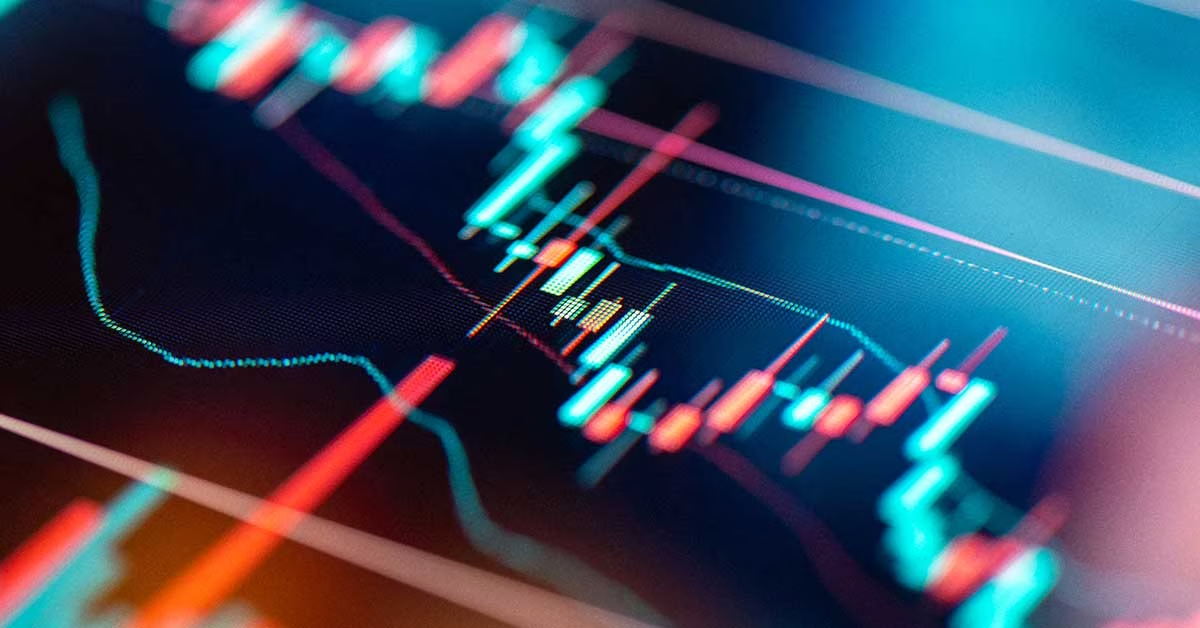The “fasten seatbelt” sign was turned on in August as markets experienced some turbulence.
Early in the month the CBOE Volatility Index (VIX) briefly spiked to 65.73, its highest level since the 2020 pandemic. However, markets calmed down in the ensuing weeks with the VIX closing the month at 15.00 – below where it had started. As volatility subsided, markets were able to end the month on a mostly positive note despite the bumpy start.
Larger US indices led the way higher, with the S&P 500, Dow Jones Industrial Average, and Nasdaq 100 gaining 2.28%, 1.76%, and 1.10% respectively. Smaller companies lagged behind, but still managed to inch higher with a 0.12% gain for the CRSP US Small Cap Index. Continuing the trend from the previous month, sectors like real estate and consumer staples helped support markets while tech stocks continued to take a breather.
Markets overseas were broadly positive as well. Developed international stocks rose 2.87% and emerging markets added 0.99%. Creating some headwinds, Japan’s Nikkei 225 Index fell more than 12% on August 5th, marking its largest daily drop since Black Monday in 1987. The selloff was triggered by the Bank of Japan raising interest rates, causing an unwind in the carry trade (more on that below). Similar to the US though, the Nikkei was able to claw back most of its losses by the end of the month, finishing down less than 2%.
While the Fed didn’t hold an official meeting in August, investors were focused on Jerome Powell’s speech at the annual Jackson Hole Economic Symposium. During the conference, Powell suggested the time had come for policy to adjust. With firming expectations for a rate cut in the upcoming September meeting, the 10-year treasury yield continued to move lower from 4.09% to 3.91%. This helped aggregate US bonds gain 1.44%, marking the fourth consecutive monthly increase.
The past couple months may be indicative of what’s to come. As we near the election, and as the Fed begins to adjust its policy, it’s not unreasonable to expect some continued volatility. However, it’s important to remain focused on the bigger picture. Markets are still having a relatively strong year despite the recent speed bumps. Having a diversified portfolio and a plan in place can provide a clear roadmap for the long-run amid near-term uncertainties.
Carry on my wayward son, there’ll be peace when you are done. Lay your weary yen to rest…
The rapid unloading of one of the world’s largest carry trades took place in early-August.
A carry trade is when an investor borrows money from a country with low interest rates and invests the proceeds in higher-yielding countries. The goal is to benefit from the interest rate differential between the two currencies.
When the Bank of Japan hiked interest rates, it caused the country’s currency to become more expensive, forcing investors to sell assets to cover their loans.
Due to the nature of this strategy, it can create highly leveraged positions that can lead to cascading losses. Hence the largest selloff for Japanese stocks since 1987.
The good news? Global markets were able to quickly recover, avoiding a larger-scale collapse.
It’s the biggest snack-quisition of the year.
Candy behemoth Mars announced it would acquire salty snack maker Kellanova in a deal worth $35.9 billion.
As a refresher, Kellanova is the snack brand that split from Kellogg last fall (Kellogg kept its traditional cereal brands).
While Mars is most know for its sweet treats, it’s been slowly purchasing other brands to diversify its reach. The company has expanded to areas like pet food and ice cream to achieve a more balanced grocery store presence.
Mar’s believes this move makes sense as Kellanova’s product line is close enough to its current wheelhouse, but not so similar that it would take away from existing business.
The mega-deal highlights a rise in confidence in the corporate world, helping revive M&A activity to a three-year high.
Broad Market Returns
| Asset Class | 1 Month | 3 Month | YTD | 1 Year |
| S&P 500 (VOO) | 2.41% | 7.28% | 19.40% | 27.03% |
| NASDAQ (QQQ) | 1.10% | 5.84% | 16.64% | 26.87% |
| Large Cap Growth (VUG) | 2.31% | 7.22% | 21.28% | 30.76% |
| Large Cap Value (VTV) | 2.88% | 7.92% | 17.83% | 24.39% |
| Small Cap Growth (VBK) | -0.03% | 4.63% | 8.63% | 14.90% |
| Small Cap Value (VBR) | 0.11% | 6.21% | 12.01% | 21.10% |
| Developed International (VEA) | 2.87% | 4.26% | 11.03% | 18.58% |
| Emerging Markets (VWO) | 0.99% | 4.21% | 9.33% | 14.17% |
| REITs (VNQ) | 5.26% | 15.70% | 9.93% | 20.53% |
| Aggregate Bonds (BND) | 1.45% | 4.43% | 3.24% | 7.33% |
| Corporate Bonds (VCIT) | 1.66% | 4.65% | 4.41% | 10.28% |
| High Yield Bonds (JNK) | 1.59% | 4.36% | 6.29% | 11.99% |
| Long Term Treasuries (VGLT) | 2.01% | 6.98% | 0.65% | 4.74% |
| International Bonds (BNDX) | 0.51% | 3.09% | 2.13% | 6.97% |
Market Health Indicator
The Market Health Indicator (MHI) measures market health on a scale of 0 – 100, analyzing various market segments such as economics, technicals, and volatility. Higher scores indicate healthier market conditions.

Fun Facts
- Warren Buffett’s Berkshire Hathaway holds more US T-bills ($234.6 billion) than the Federal Reserve ($195.3 billion).
- Make sure to mark your calendars for Earth, Wind & Fire Day. Do you remember the 21st night of September?
- Corn Flakes was the first cereal to offer a box prize – the Funny Jungleland Moving Pictures book.
- It’s time to dust off those flannels and get out the pumpkin spiced coffee. The first day of fall is Sunday, September 22.
– The Aspire Wealth Team


